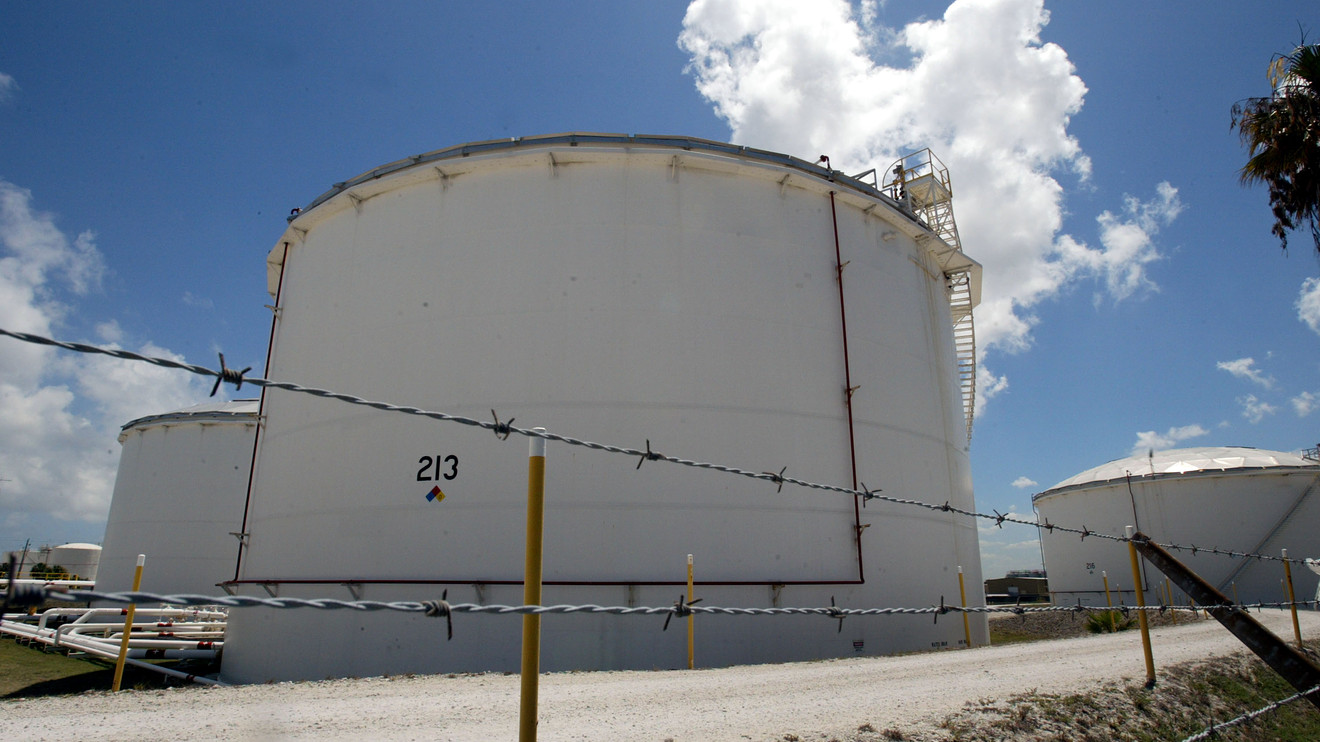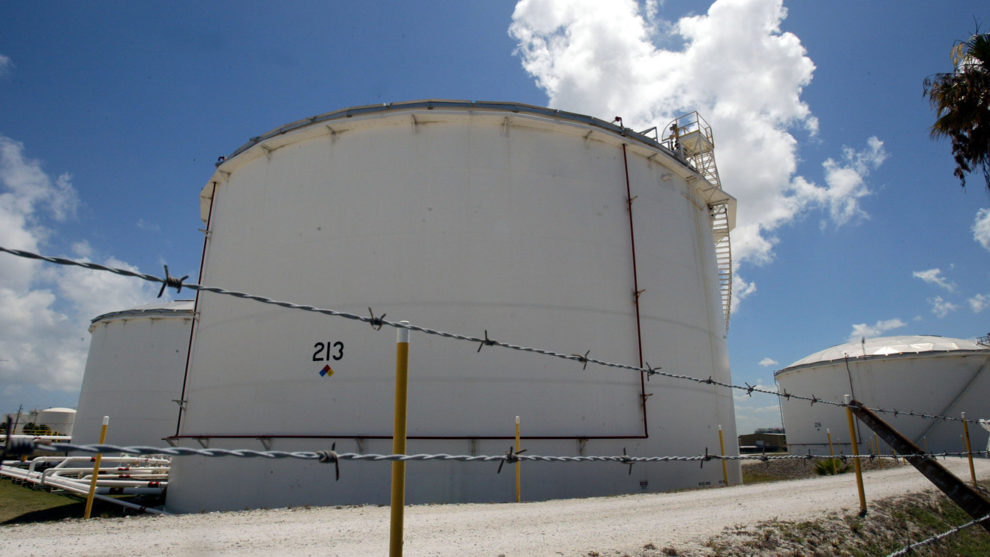
U.S. oil futures edged lower Wednesday, pressured by a weaker demand outlook from OPEC, despite a fourth straight weekly decline in U.S. crude supplies.
The big draw in U.S. crude supplies will support prices, however, “we feel supply will come online big time in the fourth quarter and first quarter” and longer term, prices will have a hard time rallying, said Tariq Zahir, managing member at Tyche Capital Advisors. Demand tends to be weaker at that time of year—”and of a trade deal doesn’t happen, then [the market will see] eve weaker demand globally.”
The Organization of the Petroleum Exporting Countries on Wednesday lowered its forecast for global oil-demand growth in 2019 and 2020, citing weaker-than-expected data in the first half of this year from various global demand centers and slower economic growth projections
West Texas Intermediate crude for October delivery CLV19, -0.24% fell 14 cents, or 0.2%, to $57.26 a barrel on the New York Mercantile Exchange. November Brent crude BRNX19, +0.29%, however, held onto earlier gains to tack on 47 cents, or 0.8%, to $62.85 a barrel on ICE Futures Europe.
On Wednesday, the Energy Information Administration reported that U.S. crude supplies fell by 6.9 million barrels for the week ended Sept. 6. That marked a fourth weekly decline in a row. On average, analysts polled by S&P Global Platts forecast a fall of 3.6 million barrels, while the American Petroleum Institute on Tuesday reported a drop of 7.2 million barrels, according to sources.
“A tick higher in refinery runs and a dip lower in imports has yielded a solid draw to crude inventories —now down 69 million barrels, or 14%, from the high of the year in early June,” said Matt Smith, director of commodity research at ClipperData. “Crude exports once again have come in above three million barrels per day, which is starting to look like the norm now that Permian pipelines have started up to Corpus Christi.”
Read: Why U.S. crude has outpaced gains for the international benchmark this year
The data, however, revealed “only a nominal decline in gasoline inventories and surprising build in distillate stocks; a bearish set of numbers that largely offset the crude headline,” Tyler Richey, co-editor at Sevens Report Research, told MarketWatch.
The EIA data showed weekly supply decline of 700,000 barrels for gasoline, while distillate stockpiles climbed by 2.7 million barrels. The S&P Global Platts survey had forecast an inventory loss of 1.4 million barrels for gasoline, but expected a rise of 220,000 barrels in distillate stockpiles.
Back on Nymex, October gasoline RBV19, +1.32% rose 1.2%, to $1.6104 a gallon, while October heating oil HOV19, +0.16% was up 0.1% to $1.9335 a gallon.
U.S. crude production meanwhile held steady at 12.4 million barrels a day, EIA data showed, which is barely off the all-time record high of 12.5 million, said Richey. “The fact that the rise in U.S. production has stalled recently eases one of the notable headwinds on the oil market, which is the relentless rise in domestic oil output.”
Crude oil prices lost ground Tuesday, giving up earlier gains after President Donald Trump announced on Twitter that his national security adviser, John Bolton, had stood down.
Bolton was a hawk on Iran and Venezuela and “the chance of a deal with either of those countries and the chance of their 3 million-4 million barrels of crude oil returning to market are greater without Bolton around,” said Robert Yawger, director of energy at Mizuho, in a note.
Oil traders on Tuesday also digested the EIA’s decision to cut its U.S. and global benchmark crude-price forecasts for this year and next.
Meanwhile, October natural gas NGV19, -0.19% fell 1.3 cents, or 0.5%, to $2.567 per million British thermal units, ahead of the EIA’s update Thursday on supplies of the fuel. Analysts polled by S&P Global Platts expect the government agency to report a weekly rise of 87 billion cubic feet in natural-gas stockpiles.











Add Comment